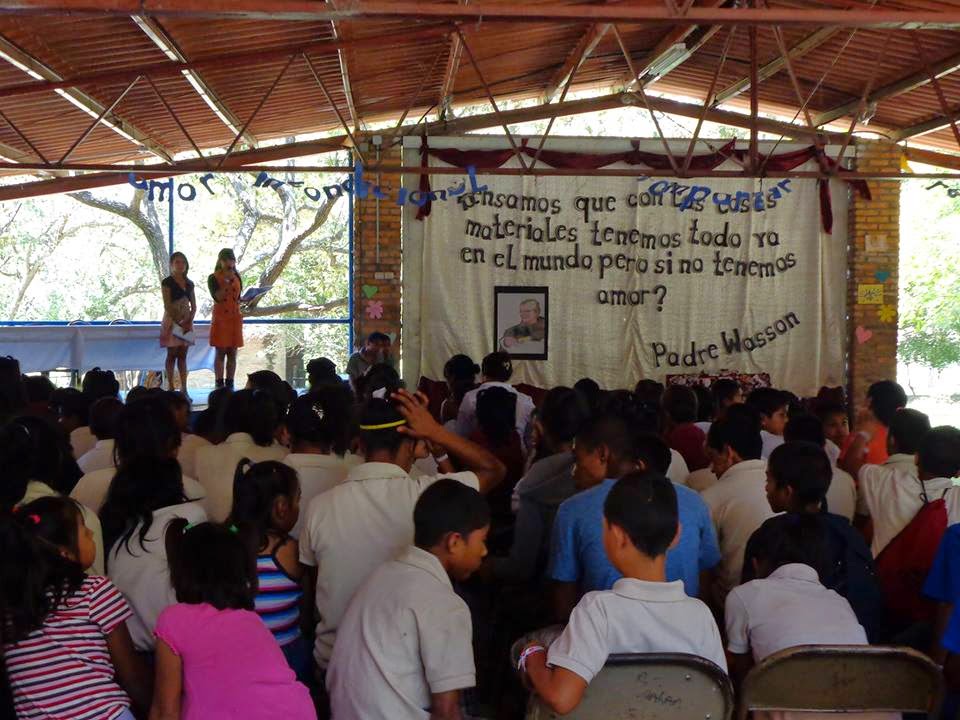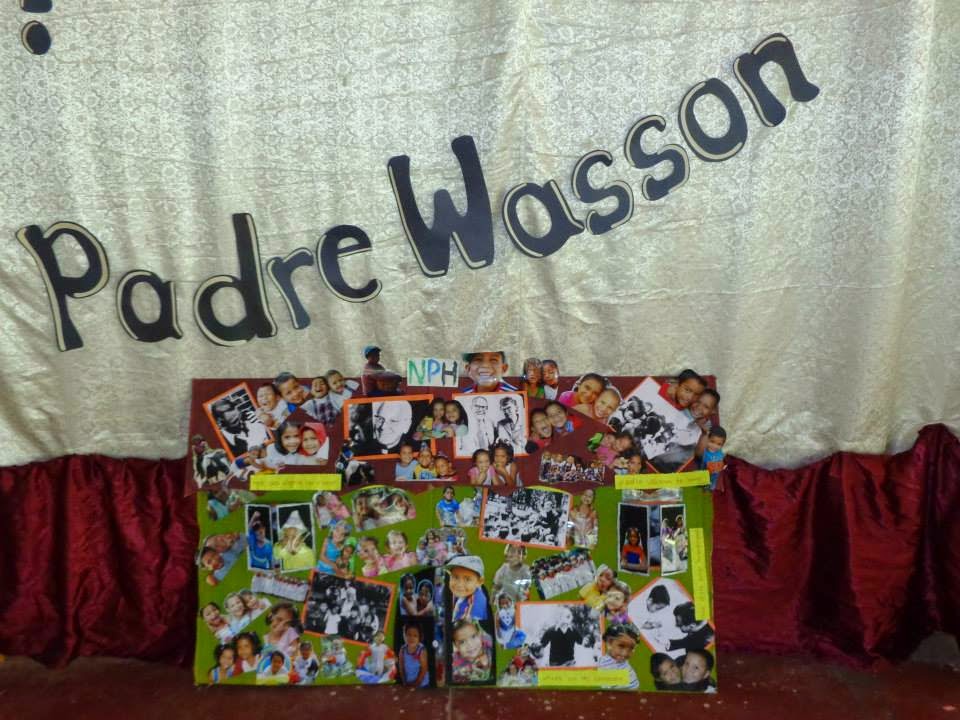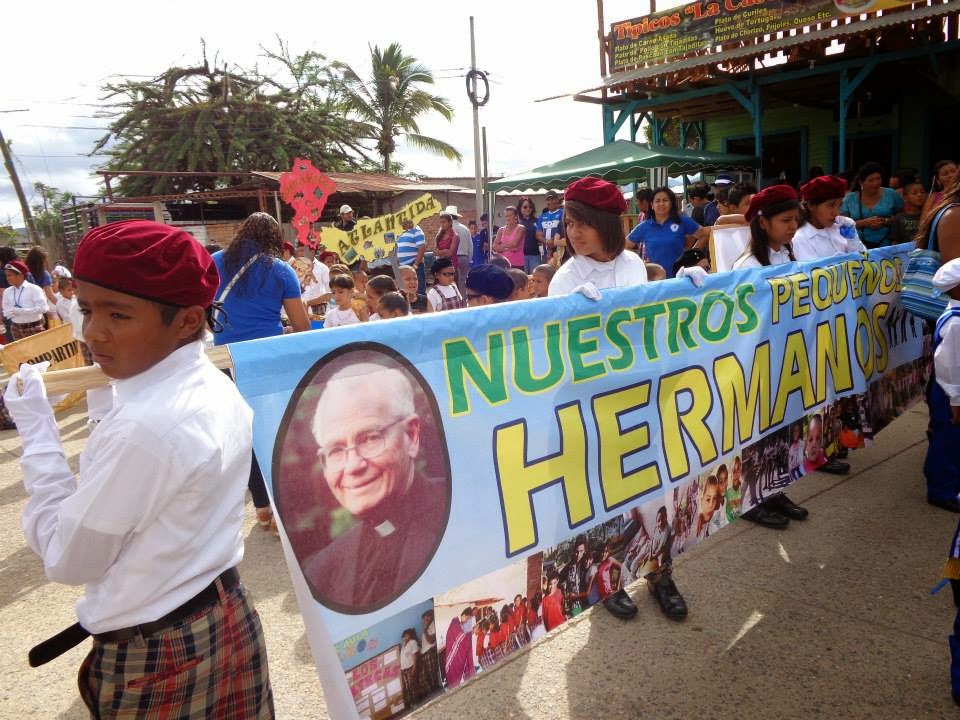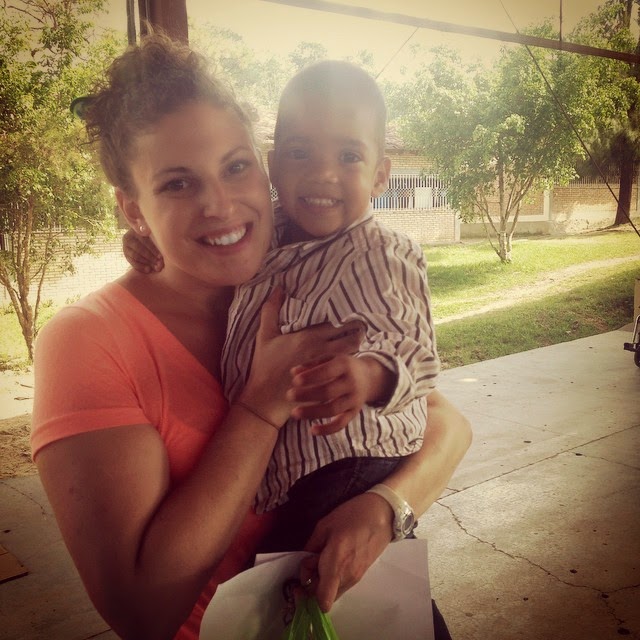I’ve been in Honduras for four months. It’s weird to think that a third of a year has already passed. While I have done my best to
write about the big events that have happened during my time on the Ranch,
there are still so many little details to share. So, although it’s a variety of
things, here’s a little bit more about life here, with plenty of pictures.
Special thanks to my volunteer friends for the pictures that I (lovingly)
stole.
Over the past three months, the
new, improved, Honduran dwelling Jessica…
…now answers to: Jess-i-ka,
Yess-i-ka, Ye-ka (my personal least favorite,) and Gringa, in addition to the
previously established nicknames I’ve accrued over the years.
…has “helped” trim the grass
using a machete, with the blisters to prove it. Humility is one of your 6-year
old pequeños making fun of your chopear
skills and watching them chop more grass in half the time.
…uses hot sauce, despite having
an embarrassingly low tolerance for spicy things. Desperate times, desperate
measures. The rice and beans and tortillas aren’t going anywhere.
…has seen frogs, turtles,
armadillos, cockroaches, spiders, tarantulas, scorpions, and snakes around the
Ranch. I’m not really thrilled about it.
…can successfully use public
transportation to travel to and from Tegus.
…has read five books since arriving
here, which is more than I read in two years of grad school. Cheers to (a little)
more free time, no homework, and a fabulous library full of English and Spanish
books to choose from. You know where to find me if you need a good read
recommendation!
In addition to my new skills and
nicknames, here are some other things that have happened since I moved to the Ranch:
Día
de Padre Wasson
We celebrated the day of Padre
Wasson in August, the Wednesday before Olimpiadas. If you remember my posts
about Olimpiadas practices and the big weekend, you can imagine how having
another event on the Ranch made things even crazier. The department I work in at the school
was chosen to help with decorations, so in addition to therapy and Olimpiadas
practice, we had to decorate for the big presentation.
From the left: Mira, Anni, Franzi, Kailyn, and me posing with our handiwork. Not too shabby, right?
On Wednesday, we celebrated Mass,
which included speakers and offerings in honor of Padre Wasson. After a special
breakfast, the students presented a program commemorating Padre Wasson’s life. I
remember being so exhausted and thinking about the upcoming Olimpiadas, but it was still a
very nice day.
Día
del Niño
Día del niño, or day of the child,
was September 10. All the volunteers that work in the school were very involved
in the day’s activities. The girl school volunteers decided to put on a dance
for the kids as a surprise. After a fun presentation, the kids split up into
teams and rotated around the school to play games. They earned prizes and got
to eat a special lunch.
Two of the teachers performing a skit to a traditional Honduran song.
The kids waiting to eat lunch.
The girl school volunteers in our dance costumes. Working at the school can be frustrating at times, and I am so thankful to have these girls to share teacher meetings, recess supervision, lunch, and just the daily Ranch craziness.
15
de septiembre
Happy independence day, Honduras!
My alarm went off at 4:45 in the morning, so the school volunteers would have
time to get all of the decorations and drive to Talanga. We
marched in the independence day parade for over an hour through town. I helped
make the materials for second grade, where we represented two of the departments
of Honduras. NPH also had cheerleaders and a band, who had both been practicing
for weeks before the parade. We had been warned that it is usually really hot, but we were lucky and got an overcast morning.
My roommate Sara posing with some of the decorations while we waited at the gate to be picked up.
Carly and me with the maps we made for second grade.
Two of my girls.
Kailyn with one of the girls in her hogar.
Two more of my girls dressed up to represent Honduras.
Getting ready to march.
Some of the boys marched in line with palos, or sticks. They practiced several times a week at school to make sure they were synchronized.
He took his job very seriously.
Performing for the judges.
Enjoying snacks after the parade.
Another post coming soon with more pictures!















